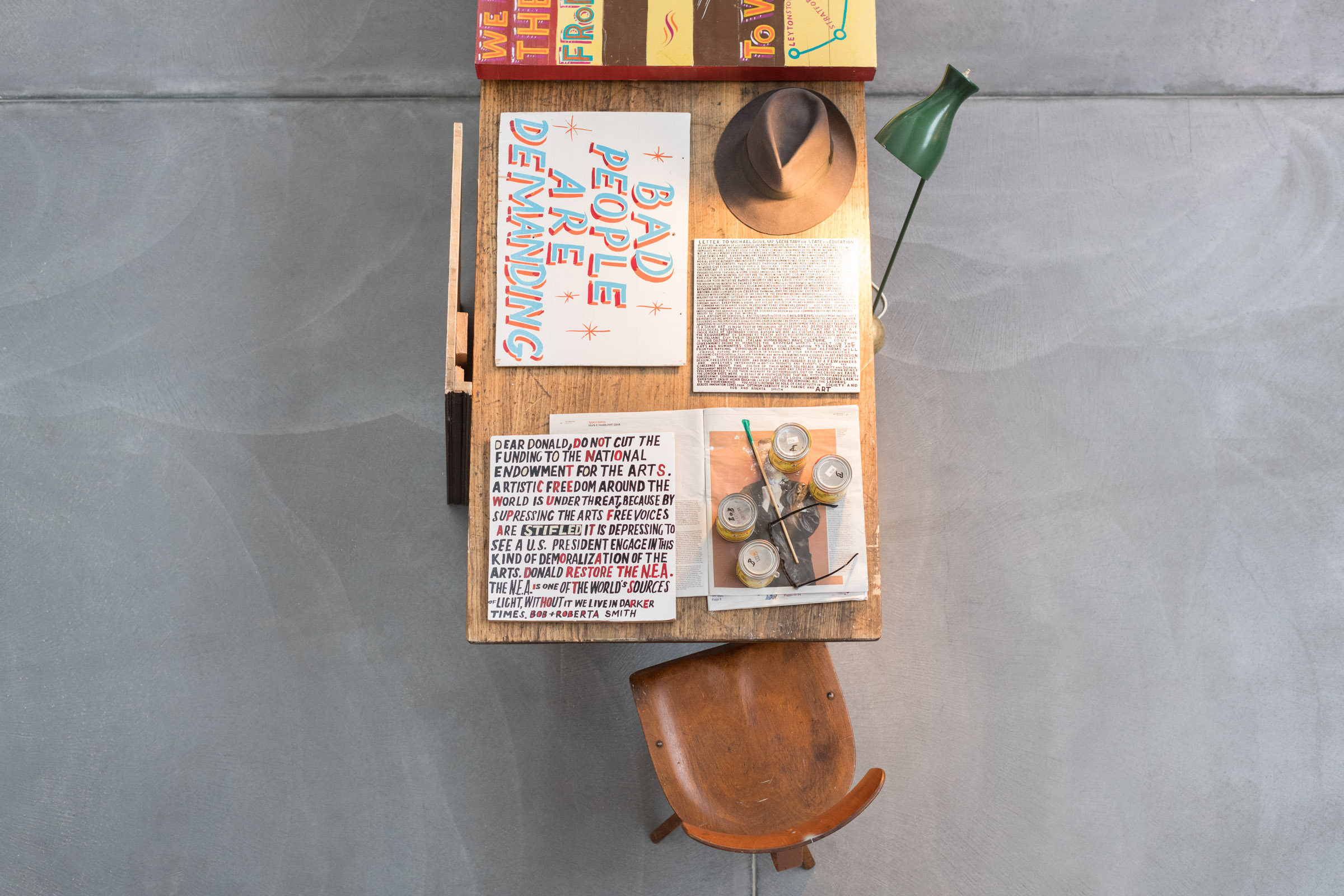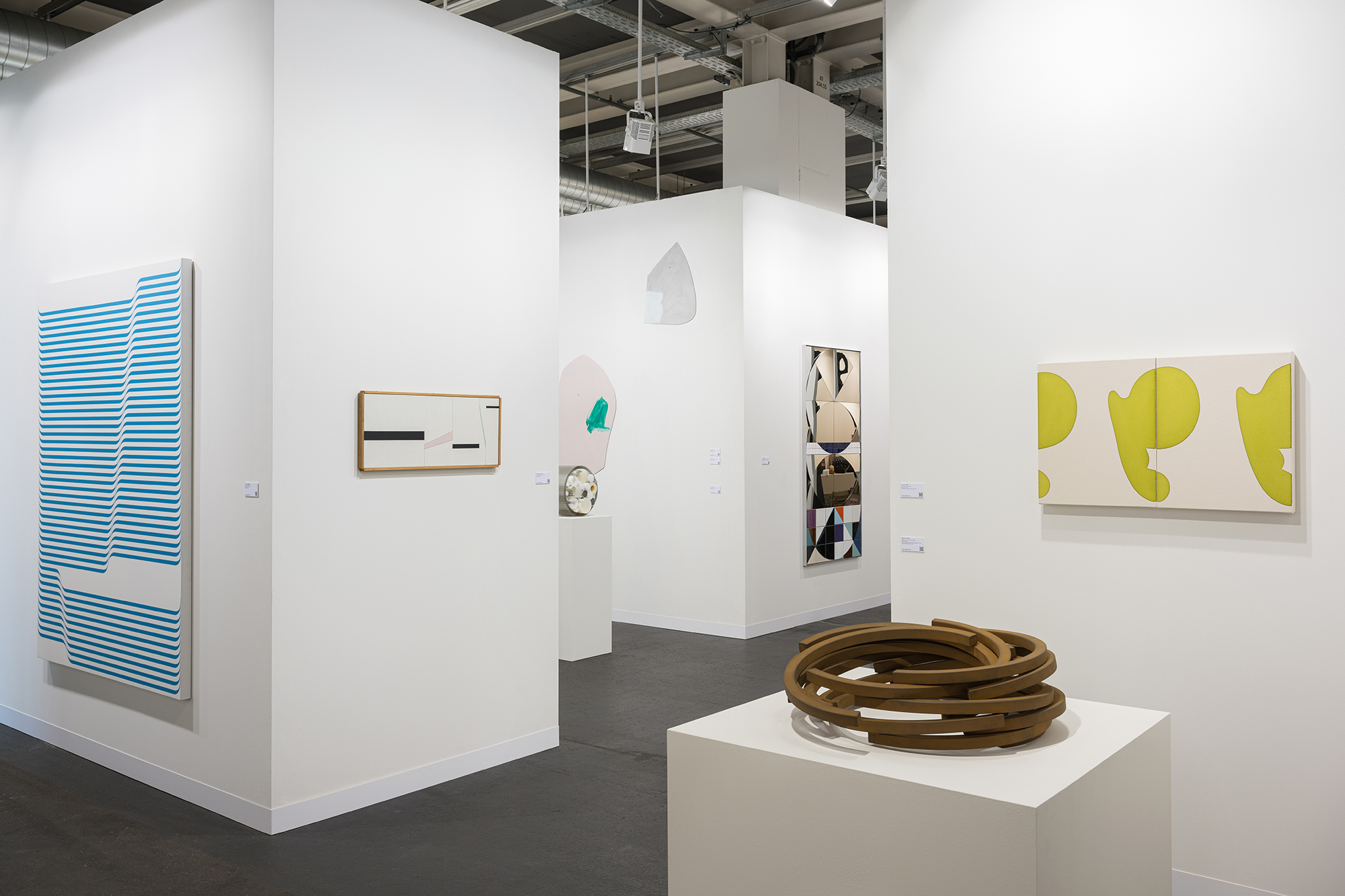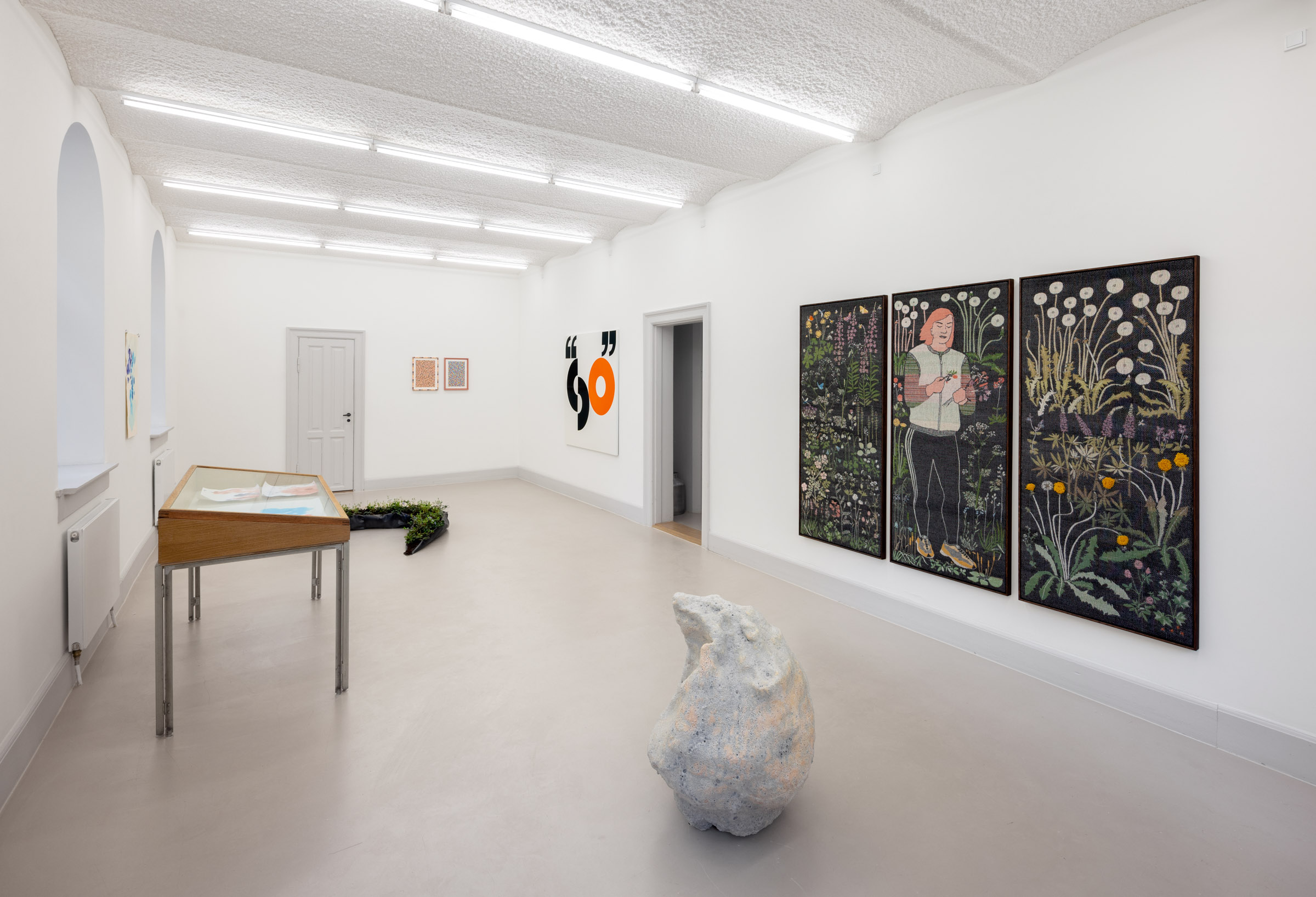The Whole World is an Art School
Some time in 1933 in Westgate, located on the outskirts of the seaside town of Margate, on the bleak north coast of Kent, my mother was daydreaming and intermittently making a drawing in her schoolbook. She was meant to be learning religious studies. The schoolroom overlooked the sea, she was drawing people walking and gazing at the ocean. Her teacher snatched the drawing book from her desk and threw it on the fire that was warming the classroom. The Bible bored my mother, this was punishment for free thinking. Received opinion declares loudly, ‘You cannot teach art’. Art is dependent on individual voices, experiences and it is a gift or a talent. But in that schoolroom in Westgate, unwittingly the unforgiving teacher created an artist. My mother, Deirdre Borlase, realised, aged 8 years old, that drawing gave her a special power. A power that was all hers and a power the teacher was frightened of and did not understand. Experience creates artists. Sometimes the experiences are positive, like being shown how to do something complicated by someone knowledgeable, or occasionally negative, like my mother’s experience with her teacher.
I teach in Art Schools. For me it is not a full-time job. I am lucky enough to make most of my income making art works, but I feel a need to teach.
Most artists working in Art Education today would agree with me when I say, ‘don’t make art that looks like mine but make art’. For most of art history this has not been the case. The first significant formal art school in the UK was the Royal Academy. It was set up by highly skilled artists like JMW Turner and Sir Joshua Reynolds to teach the making of pictures and sculptures and impart to students, mostly male, the practical skills and also attitudes of mind and current ideas needed to make the art of the day. Before the establishment of the Royal Academy, to learn art would have meant working for an artist rather like an apprentice. You would have made your employer’s art for him and perhaps only fully graduate when you escaped his employ. This practise dates back to the Renaissance and probably beyond. One can imagine craftsmen and -women around the world passing on to their charges the tricks and skills of their trade. Until the 1960’s art students would be inducted into the working methods of their tutor artists. Ancient mostly male figurative painters would indoctrinate students into painting naked young, mostly female, art students. Abstract sculptors would gather together the more macho bearded students to be radical and smash their plinths whilst more conceptually minded tutors would be setting light to things or damaging film stock. But now we live in more polyphonic times. So what is taught in Art Schools and how can YOU learn to be an artist?
All artists are teachers. Art is fundamentally about showing people the world, but the manner of the teaching is never straightforward. Art teaching is perhaps the one subject where the teacher should not know the answers to the questions he or she poses. The great artists who have been teachers have never even posed questions, the point being, it is the students who need to work out what a question is and how to ask it. We are all teachers, we are all students. I bought a copy of Paul Klee’s masterpiece teaching manual ‘The inner Eye’ when I was a student. It cost me £50.
I thought an understanding of the book as necessary research for my undergraduate dissertation. However, understanding the book in the normal way, working from front to back gaining knowledge as I went, very quickly became irrelevant.
The book is a series of explanations of different visual phenomena illustrated esoterically in Klee’s scratchy hand. We are all involved in a continuous curiosity feedback loop. Perhaps Klee’s greatest teaching was not in his pedagogical publications but in his life and work. All artists, whether they like it or not, teach by example.
THE THREE B’S: Bourgeois, Beuys and Baldessari Listen, self-invent, and provoke.
LOUISE BOURGEOIS
Louise Bourgeois taught both by example, by revealing a new lexicography of frustration and anger, and by seminar. Right up until her 90’s Louise Bourgeois invited artists to her studio in Brooklyn to discuss their works. There are wonderful videos of her being mean and irascible to her victims but in turn also being bright and nurturing. She is like the mother spider, perhaps her most powerful image. This is a one-to-one thing.
Art happens between human beings. The conversation is always two ways, even if the conversation is with an object. Through art we can fall in love across generations. I love Louise Bourgeois. When I see her work I can see my love is unrequited. I can see she is sticking two fingers up at my male gaze. She is dead but she still lives. Louise Bourgeois will live as long as there are people to look at what she made.
I lived in New York in the 1980’s. I was enrolled as an associate student at Cooper Union Art School. But I went there infrequently and felt my time in New York was best spent exploring the city, trying to engage with artists and making paintings. One morning I followed up a contact I had with the librarian Clive Philpot at the Museum of Modern Art. I expected that everything in the Museum of Modern Art New York would have a kind of modernist order to it. Clive showed me into his office. Clive Philpot’s office was amazing. It was a chaotic library of magazines, journals, and huge art books. No discernable cataloguing or order whatsoever. Clive is a fanatic about the 1960’s movement Fluxus. Fluxus bemused the public, it was as if confusion was their aim. The artists who comprised Fluxus were Nam June Paik, Yoko Ono, George Maciunas, Gordon Matta Clark, Gustav Metzger and Joseph Beuys. They were the first international situationist revolutionary global art brand.
JOSEPH BEUYS
Joseph Beuys taught at the Dusseldorf Art Academy. Students of Beuys were a lot of rather macho expressionist painters like Jörg Immendorff and Anselm Kiefer. What did he teach them? Joseph Beuys is famous for accepting every student who applied to work in his studio. Dusseldorf Art Academy sacked him soon afterwards. The German System of art education to this day has the trappings of a renaissance studio. Students work alongside their tutors and tutors get to pick their students. Beuys stated that ‘everyone was an artist’. If everyone is an artist then why have a selection procedure? In 1950 Beuys wrote his Curriculum Vitae and then went about enacting it. Beuys taught poetic and almost psychedelic lectures using chalk and a blackboard, about how the power of the sun was akin to the energy of a cabbage. Beuys taught a kind of poetic artistic moral responsibility that had not been available in the Germany he grew up in. Kiefer’s obsession with Wagner and German history is evidence of the force of Beuys’s teaching. Did Beuys fully grow to escape his youth? I am not sure. I attended a lecture by Gustav Metzger. Gustav Metzger was an important part of the fluxus movement. He came to Britain as a kinder transport child. His family were annihilated in the death camps in Poland. His work was about destruction. Metzger was also a teacher. He taught at Hounslow Art School in the 1960’s. After attending a Metzger lecture, Pete Townsend of The Who started smashing up his guitars on stage. I asked Metzger about his thoughts about Joseph Beuys but he refused to answer. He would not talk about him. But Beuys’s lesson as an artist to us is huge. It is about self-invention and redemption. His thinking runs in parallel to the writings of the German political thinker Hannah Arendt. Arendt was writing around the time of Beuys, she tried to understand how Germany could have been the cause of so much brutal destruction. She concluded that human beings must always associate, perform and participate to maintain democracy and perpetuate freedom. By ‘declaring everyone an artist’, Beuys was pointing out everyone’s responsibility to and for society.
JOHN BALDESSARI
John Baldessari taught at University of California most of his life. ‘Cal Arts’, as it is known, is famous for producing savvy intellectually versed artists able to traverse the contemporary terrains of artistic and philosophical practise. Baldessari would probably be the first to describe this description as bullshit. I went to Goldsmiths College in the 1990’s. Goldsmiths was kind of the English answer to Cal Arts. Goldsmiths had by that time developed a formidable reputation for pseudo- intellectual art discourse. But in truth all its tutors, people like John Thompson, Jean Fisher and the artist Michael Craig Martin, wanted students to do was realise that there was a world out there beyond art and read a little. Baldessari poses a threat to conventional art school practise because he both took it seriously and outrageously satirized it. Baldessari had students writing lines: ‘I will not make bad art’.
A slogan I painted early on in my career was ‘make your own damn art, don’t expect me to do it for you!’ I came up with this at a printing workshop run by the Migros Museum at the Liste Art fair in Basel. Art and artists’ function is to inspire. The worst outcome would be if this book inspired armies of people brandishing homemade painted political slogans. I recently asked my mother the secret to a good life. She is now 93. She said: “Get a good pencil: a 2B or a 3B, not an HB, they are for architects”. That’s what you should do, get a pencil! And with that pencil do as Hannah Arendt would do, associate, perform and participate.
• Bob and Roberta Smith outline their thinking about artists and art teaching.





